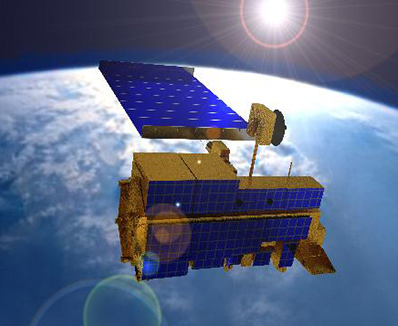Soil erosion is a global problem which negatively impacts on food productivity, water security and biodiversity, and it is a major environmental challenge in Africa, which has some of the highest soil erosion rates worldwide. In the present-day, soil erosion already negatively impacts agricultural yields in Africa. Increasing rainfall amount or intensity due to climate change may make soil erosion and the associated impacts worse in the future.
New paper explores climate change impacts on soil erosion, and how land management can help reduce erosion

We are pleased to announce the publication of a new article in Environmental Research Letters (available here) which explores the impact of climate change on soil erosion in Tanzania and Malawi using a novel, high resolution climate model.
This paper calculates soil erosion in the present day and at the end of century under a high emission climate change scenario in Tanzania and Malawi using the Revised Universal Soil Loss Equation (RUSLE) soil erosion model. The model accounts for the various factors such as rainfall, topography, land cover, soil type, and land management that affect soil erosion. We used rainfall intensity information from a high resolution climate model, as well as high resolution topography data from the Shuttle Radar Topography Mission, soil input data from the ISRIC soil database, and land cover information from the MODIS satellite data as inputs to the model. We also considered how terracing and agro-forestry could reduce soil erosion now and in the future.
Climate change increased soil erosion
Climate change increased the intensity of rainfall in Tanzania and Malawi, which led to increases in soil erosion. In the present day without terracing soil erosion was high in mountainous areas in Tanzania and Malawi. This matches observational studies in the region.

In the future, soil erosion increased in areas already experiencing soil erosion, but also expanded to areas with less steep slopes that may not currently have high rates of soil erosion.
How does land management reduce soil erosion?

In the present day, land management such as terracing may be enough to reduce soil erosion from high to moderate in most, but not all mountainous areas. Terracing was able to reduce the levels of soil erosion with climate change, however areas with high soil erosion still remained.
We also examined how agro-forestry, which includes things like intercropping and alley cropping, planted fallows, and mulching, impacted soil erosion. In the present day, agro-forestry practices may be effective in reducing soil erosion in mountainous areas in Tanzania and Malawi. However with climate change, agro-forestry and other land management practices will likely need to be increased to reduce soil erosion to manageable levels, given the increase in rainfall intensity. This work reinforces the need to upscale sustainable soil and water conservation practices in Tanzania and Malawi.
This paper was written by researchers on the AFRICAP project from the University of Leeds and the UK Met Office.
